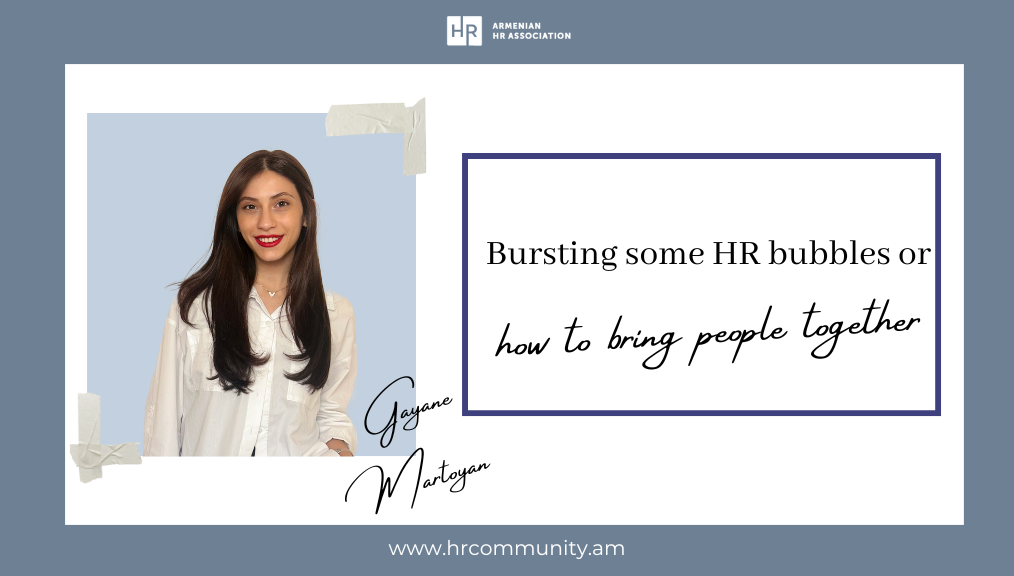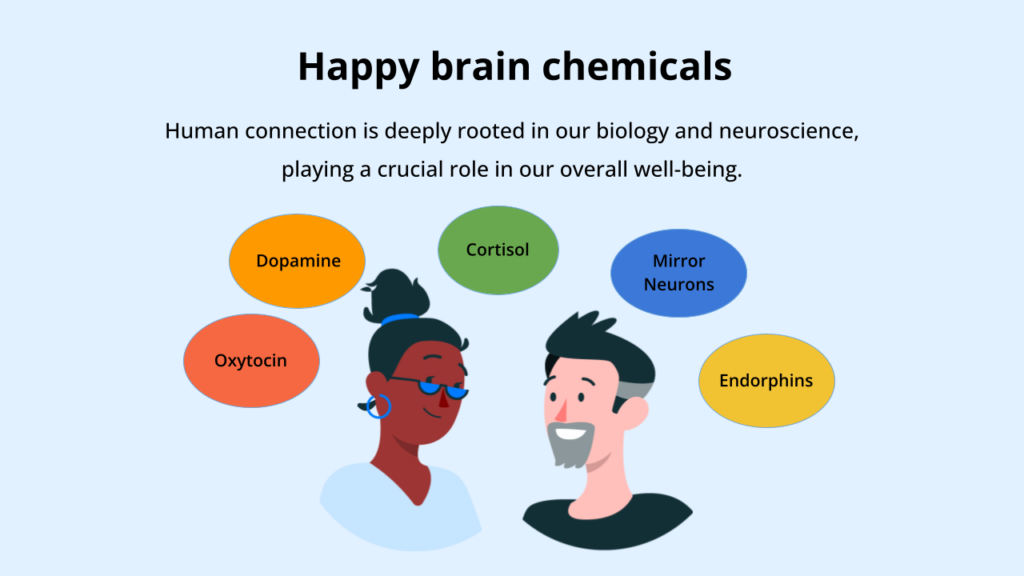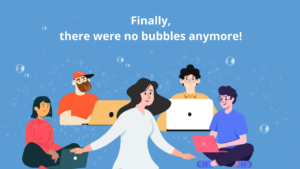
Dear reader, let me be honest. This is not an article where you will find statistics or advice. Instead, I want to share my story and hope to inspire you. I would be happy if you took the time to read about my transition into the role of HR manager, a journey marked by bursting a few bubbles along the way.
When I stepped into the world of IT, I never imagined my role as an HR manager would require a toy dragon. But three years ago, I entered the IT world, where developers reign supreme. It didn’t take long to realize that developers are incredibly busy people. Their days are filled with coffee breaks, lunches, and, of course, coding. But amidst the hustle, they must contend with bugs, looming deadlines, and endless meetings. The pressure often feels like 100% of their time is consumed, which might explain the frequent coffee breaks!
When I first joined, I had this idealized vision of what HR should be—team-building activities, brainstorming sessions, and fostering strong interpersonal connections. But in the developers’ world, only one thing seemed to matter: coding. It was a stark contrast to my HR bubble. How was I supposed to fit into this tech-driven environment where the human-to-human connection seemed almost nonexistent?


Initially, I made excuses, blaming technology for the communication gap. With tools and innovations that allow us to work without ever meeting, it was easy to point the finger at technology. But deep down, I knew we had lost our human connection long before these innovations took hold.
My first reality check came during a conversation when I introduced myself as an HR manager. The response was disheartening: “Who? Oh, you mean a Kadravik, just with a fancier title.” This was a wake-up call. Maybe HR was perceived as merely a function focused on paperwork and procedures.
But then I thought, why not? Why not reduce employees to just another folder of documents on my desk? Developers could continue coding in
isolation without the need for any interaction. It sounded like a dream! But here’s the catch—such a scenario would drive us all insane. We are social creatures, hardwired to seek connection. We thrive on collaboration, bouncing ideas off each other, and finding that missing puzzle piece through conversation.
The role of an HR manager, or Kadravik, has evolved. Once seen as purely administrative, the job now involves caring for the team and fostering a healthy work environment. The terminology may have changed, but the core mission remains the same.
I followed best practices, implementing actions as prescribed in HR manuals. Yet, during an evaluation process, I received feedback that left me at a crossroads. Some felt I always prioritized the company’s interests, while others believed I was solely protecting the employees. It was challenging—caught in the middle, trying to balance both sides.
This is where my story truly begins. I recall when our team was exhausted, working tirelessly on a major project. In an attempt to lighten the mood, I started a small ritual that I called “pupoosh” time. Inspired by the term “push command” in coding, which reminded me of the Armenian word for a gentle nudge, I would go around with a small dragon toy from a Kinder Surprise, encouraging my colleagues and thanking them for their hard work.

At first, it seemed silly—even my executives questioned my sanity. But I persisted, and soon enough, this daily ritual became something my colleagues looked forward to. Over time, “pupoosh” evolved from a quirky gesture into a team tradition. On days when I was too busy to initiate it, they would take the dragon and continue the “pupoosh” on their own. It became a symbol of the trust and openness we had built together.

On my first work anniversary, my team gifted me a new “pupoosh” device, a testament to our bond. I will never forget when, on the day of this speech, one of my colleagues reassured me, saying he felt safer when I was in the office, even if he wasn’t sure if I was the best HR manager.
Over the years, through ups and downs, and even after layoffs, former employees still drop by for coffee breaks. It’s a simple ritual, but it made a significant impact. I understand this approach may not work for every company, especially those with a strict code of conduct. But I’m not suggesting you adopt the “pupoosh” ritual. What I’m advocating for is the power of rituals in general. Small, daily rituals create moments that reinforce your presence and support for your team, even during the most stressful times.
Thank you for taking the time to engage with my story. Everyone who reads this article is a support point for me, and I am grateful for that. Having shared this experience, I feel ready to step out of my bubble and fully embrace the HR community. Now, I encourage you to find your version of “pupoosh”—a simple gesture that can transform your workplace. Thank you!
Thank you for taking the time to engage with my story. Everyone who reads this article is a support point for me, and I am grateful for that. Having shared this experience, I feel ready to step out of my bubble and fully embrace the HR community. Now, I encourage you to find your version of “pupoosh”—a simple gesture that can transform your workplace. Thank you!
Article author: Gayane Martoyan
DisruptHR Yerevan 2024



